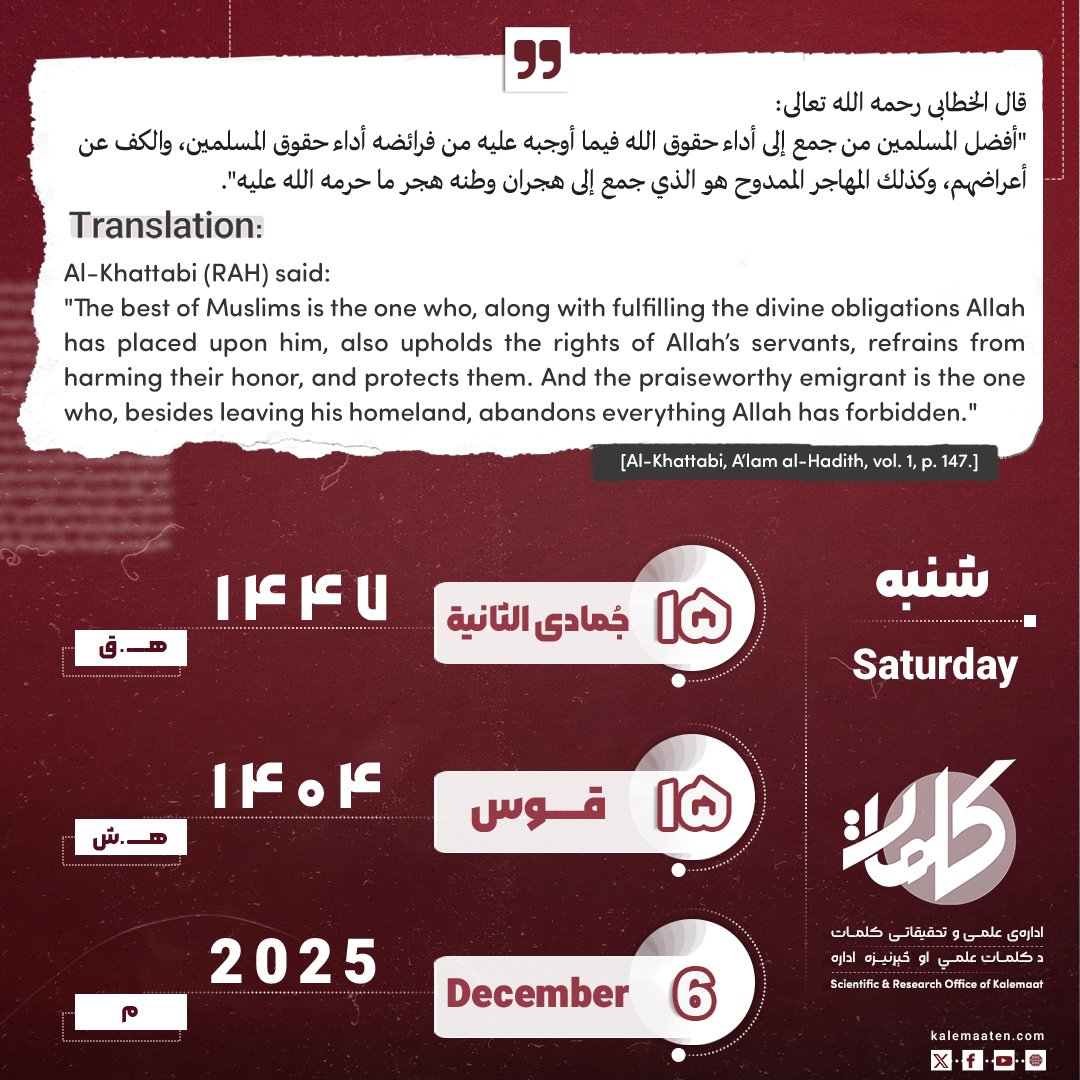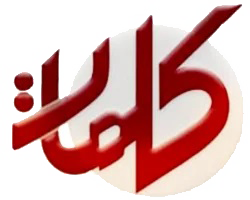Author: Abu Raef
The Role of Muslims in the Formation and Development of Science (Part 56)
Beautiful Scientific Inventions of Muslims
The skill of Muslims in technical sciences was not limited to the construction of mosques, minarets, domes, bridges and dams; rather, a kind of genius was seen in them that demonstrated the aesthetic sense of the Muslim scientist and his ability to apply this knowledge to create comfort and joy in hearts.
The scientists of Islamic civilization invented a number of complex mechanical inventions that had a technical function; but the skilled craftsman was not satisfied with this alone; he also added an aesthetic aspect to it, whose value was no less than the technical aspect, including these inventions:
Clocks
Imam Ibn Kathir (may Allah bless him) narrates that one of the gates of the Grand Mosque of Damascus was called “Bab al-Sa’at” because there were clocks installed in it that were made by the clockmaker and engineer “Muhammad ibn Ali”, the father of “Fakhr al-Din Rezwan ibn al-Sa’ati”. These clocks displayed the time of each hour of the day. Birds, a snake and a bronze crow were embedded in it; so that with each passing hour, the snake would come out, the birds would make a sound, the crow would caw, and a pebble would fall into a container so that people would know that an hour had passed.
Ibn al-Jazri also had a similar clock.[1] Ibn Jubair also describes this clock as follows: “On the right side of the exit of the Bab Jairun gate, in the wall of the palace opposite, there was a room in the shape of a large, circular arch with bronze openings in which small doors opened for the number of hours of the day. This device was engineered so that at the end of each hour, two “sanj” (metal plates) would fall from the mouths of two bronze openings that were on two bowls, one under the first door.” And the second one is under the other door and the two bowls are perforated, so that when the two guns fall into them, they go back into the wall into the room and you see the hawks stretching their necks with the two guns towards the two bowls and throwing them rapidly, in a strange order that the imagination thinks magical and when the two guns fall into the two bowls you hear them breaking and the door that is for that clock is closed for the time being with a brass plate; This continues at the end of each hour of the day, until all the doors are closed and the hours have passed, then it returns to its original state, and at night it has a different arrangement, which is that in the curved arch above the two mentioned corridors, there are twelve circles of perforated copper, and in each circle, there is a bottle inside the wall of the room, and the manager of all of them is behind the two mentioned corridors, and behind the bottle, a lamp with water is rotating clockwise. So when the hour is over, the light of the lamp fills the bottle and its rays fall on the circle in front of it, and a red circle appears before the eye, then it is transferred to another until the hours of the night pass and all the circles turn red, and a person is assigned to it in the room who checks its condition, is in charge of its affairs and movement, opens the doors, and returns the scales to their places, and this is what the people call “manjnah.”[2]
In the second century AH, the ninth century AD, around 807 AD, the Abbasid Caliph Harun al-Rashid sent an amazing gift to his friend Charlemagne, King of the Franks (France). This gift was a huge clock as high as the wall of the room, driven by waterpower. At the end of each hour, a certain number of metal balls, one after the other, according to the number of hours, would fall from it onto a huge copper base, causing a bell to ring, resounding throughout the palace. At the same time, one of the twelve doors leading into the clock would open and a “knight” would emerge from it, circle the clock, and then return to where he had left it. When the clock struck twelve, twelve knights would emerge from the doors simultaneously, make a complete circle, then turn around and re-enter through the doors, which would close behind them.
This is the description given in foreign and Arabic sources about that clock, a clock that was considered a wonderful art at that time and amazed the king and his entourage; but the monks of the palace (Charlemagne) thought that there was a devil inside the clock that was moving it; therefore, they lay in wait for it at night and attacked it with an axe and crushed it, but they found nothing inside it, historical sources continue this narrative and say: The Arabs advanced in the development of this type of devices to the point that they were able to measure time; so much so that during the Caliphate of Al-Ma’mun, he presented a more advanced clock to the King of France that worked with mechanical power and iron weights hanging from chains, not with water power.
And this itself indicates how far the Islamic mentality had reached in thought and innovation; An
innovation that never distinguished between the practical and aesthetic dimensions of scientific inventions.[3]
Robotics
If today the world is on the verge of entering what is called the “age of robots” and is following the rapid development of robotic technology in recent years, it should be noted that Islamic sources indicate that the beginning of this path dates back to the era of Islamic civilization.
This achievement goes back to the scientist of engineering techniques, “Badi’ al-Zamman Abu al-‘Izz Ismail ibn al-Razzaz al-Jazri”, who lived in the sixth century AH. He was the first person to invent a mobile robot for domestic service. The Caliph had asked him to create a device that would eliminate the need for a servant when he needed to perform wudu. Al-Jazri made a device in the form of a standing slave, holding a water pitcher in one hand and a towel in the other, and a bird sitting on his turban. When the time for prayer arrived, the bird whistled, the slave came forward and washed the Caliph’s hands with a certain amount of water; then he presented the towel and returned to his place, while the bird sang.[4]
Electronic carrier of the Quran
In 1975, a manuscript was discovered in the Lorraine Library in France, which is about useful techniques, entitled “Al-Asrar fi al-Muta’il-Iqfar”. This work dates back to the era of the Arab Andalusian civilization and has important sections on mills and water presses. This book describes more than thirty types of mechanical machines and a very advanced sundial.
“The attribution of this book to the Andalusian author Ahmad (or Muhammad) ibn Khalaf al-Muradi, who lived in the fifth century AH (11th century AD), has been confirmed,” says Juan Fernandez, professor of the history of Arabic studies at the University of Barcelona. [5]
“The aim of the book is to teach the construction of mechanical devices, many of which could be used as water clocks.” He emphasizes that this book is very similar to another book that Schmiller translated into German in 1922, and that the French architect Villard de Hancourt was also aware of the movement technologies of Islamic civilization in the 12th century.
Among the advanced examples described in Al-Muradi’s book is the “Moshaf carrier” in the Grand Mosque of Cordoba. This structure provided a rare copy of the Quran without direct Contact with the hands, its structure was designed in such a way that when a special key was inserted and turned in the lock of the upper box, the doors automatically opened and a movable cage carrying the Quran was raised. At the same moment, the Quran holder also opened, and the doors of the box were closed. If the key was turned again in the opposite direction, all movements were performed in reverse order, and all these movements were performed with the help of belts and mechanisms that were hidden from view.
By such innovations, Muslims presented the world with tools and inventions that demonstrate the beauty of their civilization and the sophistication of their taste.[6]
Continues…
Previous Part/ Next Part
References:
1. What have Muslims given to the world? P. 613.
2. Ibn Jubair, Muhammad ibn Ahmad, The Journey of Ibn Jubair, p. 216, Dar and Maktabat al-Hilal, Beirut, Lebanon.
3. What have Muslims given to the world? P. 615.
4. The Islamic Scientific Heritage: Part of the Past or Provision for the Future? P. 31.
5. Ibid, 35-36.
6. What have Muslims given to the world? P. 616.



